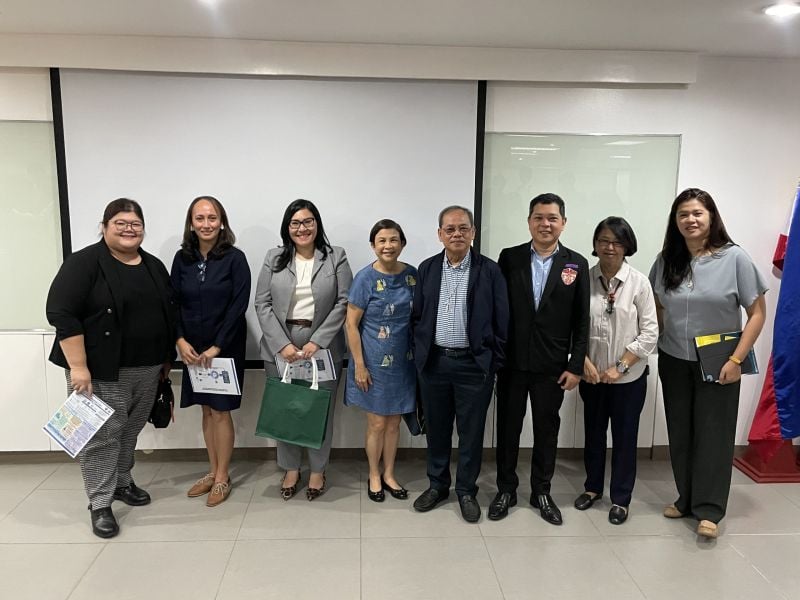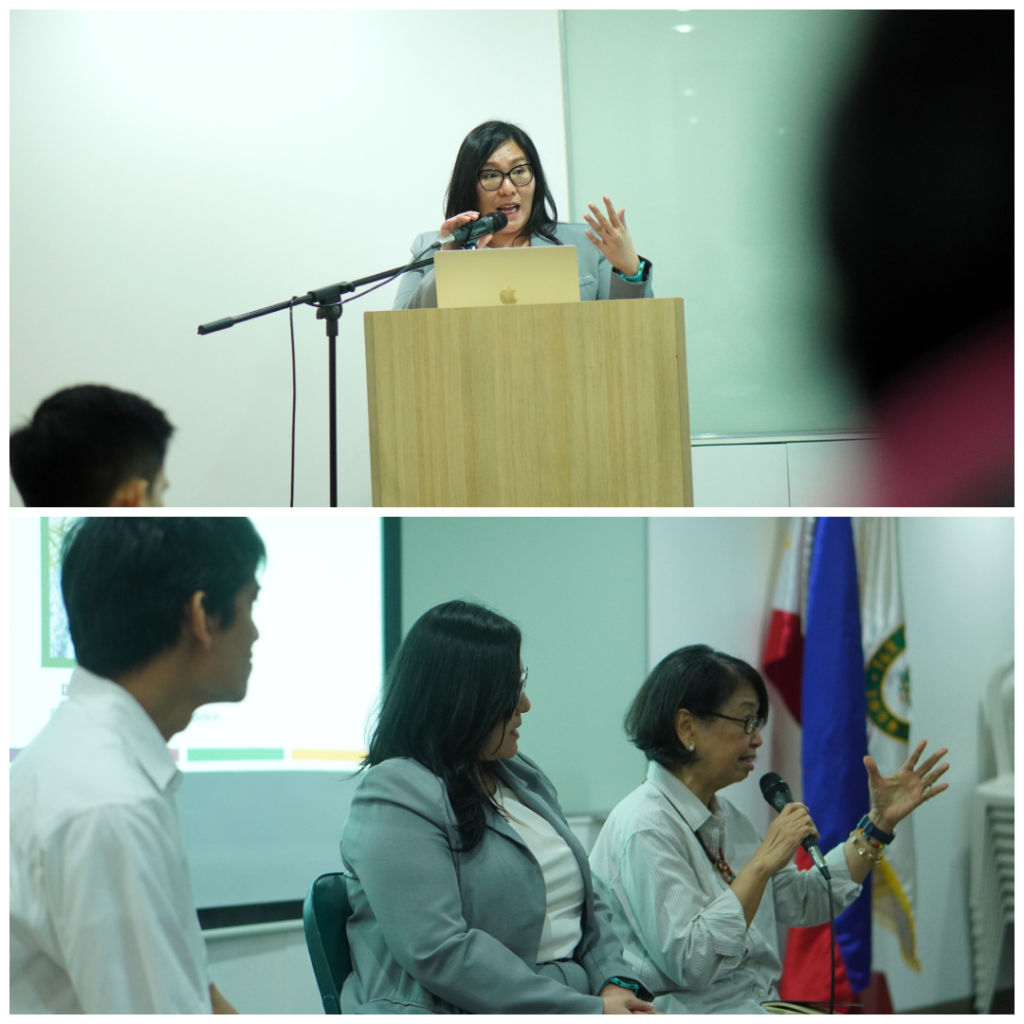FPPC x HERPRP Seminar Series 4: Public Funding for Higher Education: Trends in the General Appropriations Act and Higher Education Development Fund, 2010‒2024

The UP Center for Integrative and Development Studies (UP CIDS), through its Higher Education Research and Policy Reform Program (HERPRP), in partnership with the FEU Public Policy Center (FPPC) and the Private Education Assistance Committee (PEAC), held the fourth session of its higher education seminar series on October 29, 2025, at the FEU Makati Mini Theater.
The session featured Ms. Zyza Suzara, Budget Technical Consultant of FPPC, who presented an overview of funding trends for higher education from 2010 to 2024. Her analysis revealed substantial increases in the budgets of the Commission on Higher Education (CHED) and state universities and colleges (SUCs), indicating a sustained prioritization of higher education across administrations. She also noted that the Higher Education Development Fund (HEDF) has primarily supported SUC projects, such as facilities upgrades and student aid, and has served as a fund augmentation for CHED.
According to her report, the national government allocations for higher education totaled approximately Php1.3 trillion from 2010 to 2024 (around 1.7% of the total national budget in that period). Of this, 72.5% (Php909.2B) went to SUCs, with annual SUC subsidies rising from Php22.4B in 2010 to Php128.2B in 2024. Another important area was CHED’s appropriation doubled in 2013, then surged by Php13 billion in 2017 and by Php30 billion in 2018 (to Php49.4B) following a new free-tuition law, before being cut by Php18.8B (−37%) in 2022. Subsidies to SUCs also grew steeply, including a 48% jump in 2013 and roughly 20% yearly increases in 2017 and during 2020–2024.
By contrast, HEDF contributed just 0.6% (Php7B) of total higher education funds over 2010–2024. The HEDF is financed by earmarked revenues, notably about 60% from lottery (PCSO/PAGCOR) proceeds and 35% from travel taxes rather than direct appropriations.
Ms. Suzara also stated that incomplete reporting (no travel tax remittances recorded since 2013) led to an underestimation of HEDF collections. In practice, unrecorded remittances meant the HEDF’s cash balance was understated by Php12 billion, and even its seed capital remained idle for over a decade. Large funding infusions to CHED and SUCs (“avalanches”) show that higher education has been a priority across administrations. Yet HEDF spending has been used mainly as an ad hoc augmentation for public institutions without a strategic plan, deviating from its mandate to also support private colleges.
At the end of her presentation, Ms. Suzara emphasized the need for deeper research to better understand long-term funding patterns, the impact of major policies such as the Universal Access to Quality Tertiary Education Act, and the effectiveness of the HEDF. She recommends a full and transparent accounting of the HEDF, a review of its allocation criteria in consultation with both public and private HEIs, and the development of a strategic plan that links HEDF programming to the Philippine Development Plan.
Dr. Milwida Guevara, President of the Synergeia Foundation, served as the panel reactor. The event opened with remarks from Ms. Julia Abad, FPPC Executive Director, and concluded with remarks from Dr. Rosalie Hall, Executive Director of UP CIDS.
The remaining sessions of the seminar series on CHED’s regulatory independence, the natural monopoly cost structure of HEIs, and the nature of higher education as both an experience and credence good will be held in early 2026.
